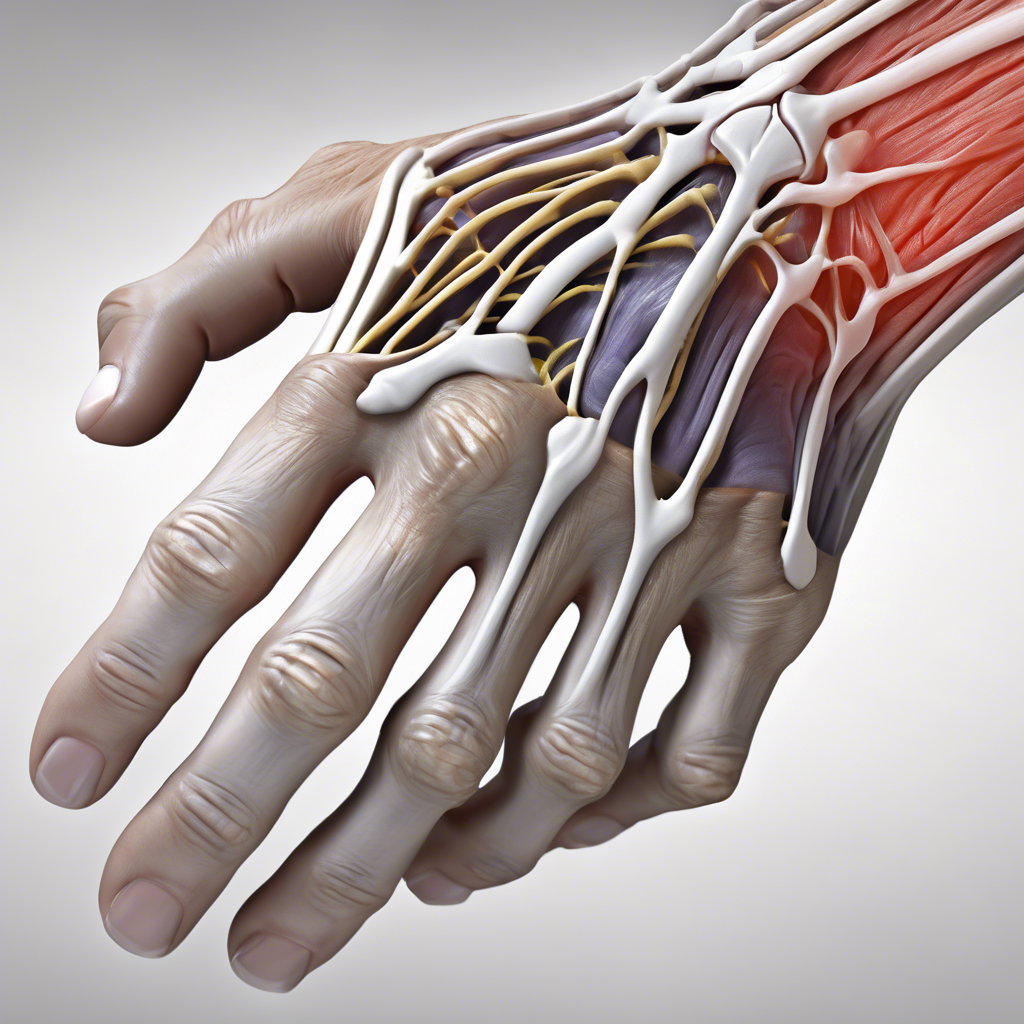The carpal tunnel is a narrow passageway located on the palmar side of the wrist, which allows for the passage of the median nerve, as well as the tendons that connect the muscles of the forearm to the fingers. This tunnel is formed by the carpal bones and the transverse carpal ligament, and it plays a crucial role in the functioning of the hand and wrist. The median nerve, which runs through the carpal tunnel, is responsible for controlling the muscles that allow the thumb to oppose the other fingers, as well as providing sensation to the thumb, index, middle finger, and the radial half of the ring finger.
Functions of the Carpal Tunnel
The carpal tunnel serves several important functions, including:
- Allowing the median nerve to pass through the wrist and into the hand
- Providing a passageway for the tendons that connect the muscles of the forearm to the fingers
- Protecting the median nerve and tendons from injury and compression
- Enabling the hand and wrist to move and function properly
Carpal Tunnel Syndrome
Carpal tunnel syndrome is a common condition that occurs when the median nerve is compressed or pinched as it passes through the carpal tunnel. This can be caused by a variety of factors, including repetitive motion, wrist trauma, and certain medical conditions. Symptoms of carpal tunnel syndrome can include numbness, tingling, and pain in the hand and wrist, as well as weakness and clumsiness of the hand.
Risk Factors for Carpal Tunnel Syndrome
Certain individuals are at a higher risk of developing carpal tunnel syndrome, including those who:
- Perform repetitive motions with their hands and wrists, such as typing or assembly line work
- Have a family history of carpal tunnel syndrome
- Have certain medical conditions, such as diabetes or thyroid disease
- Are pregnant or menopausal
- Have a wrist or hand injury
Treatment and Prevention
Treatment for carpal tunnel syndrome typically involves a combination of rest, ice, and physical therapy, as well as the use of wrist splints and anti-inflammatory medications. In severe cases, surgery may be necessary to relieve pressure on the median nerve. Prevention of carpal tunnel syndrome involves taking regular breaks to stretch and move the hands and wrists, as well as using proper ergonomics and technique when performing repetitive motions.

